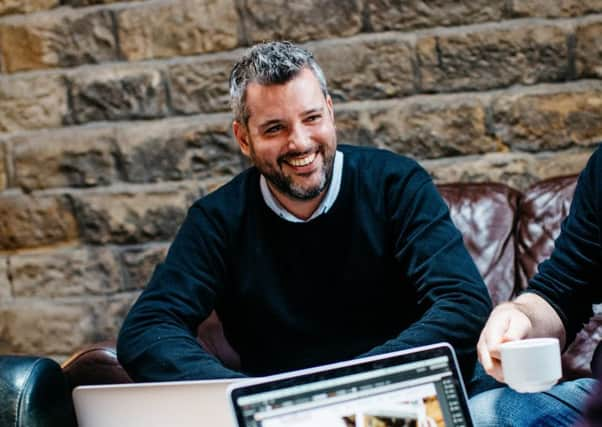Writing a footnote on astronomy


So they spent years and invested millions of dollars in developing a special space pen that would work in any conditions – a true engineering marvel.
And the Soviets? Oh, they just used pencils.
It is a story that appeals because everyone loves to see hubris deflated. You can just imagine the scientists’ faces when they realised they had been outwitted by a bit of canny common sense.
But as it happens, the legend is untrue.
Advertisement
Hide AdAdvertisement
Hide AdIn reality, both NASA astronauts and Soviet cosmonauts used pencils for much of the 1960s.
But pencils were not ideal for the job because although they worked just fine for writing, they also had a habit of breaking, and what you do not want in a weightless environment is small pieces of lead floating into sensitive onboard equipment.
Enter Paul C Fisher, an inventor from Kansas, who apparently decided to solve the problem out of a sense of patriotic duty – or perhaps he just spotted a niche business opportunity.
Fisher’s innovative pen worked with thixotropic ink and a pressurised ink cartridge. It could write on almost any substance, from butter to steel, and could function in extreme temperatures. But more importantly small pieces of lead would not flake off and cause a catastrophe.
Advertisement
Hide AdAdvertisement
Hide AdAfter submitting the idea to NASA for extensive testing, he received an order for 400 units, and the first Fisher Space Pen blasted off into space aboard the first manned Apollo mission in 1968. The Soviets bought 100 Fisher Space Pens the following year.
Soon afterwards Space Pens were made available for anyone to buy, and an updated version can be purchased today for about £20.
But there is one more twist to the story.
In 2003, the Spanish astronaut Pedro Duque, having heard the story of the space pen and its origins, took an ordinary ballpoint with him aboard the International Space Station. He found it worked just fine.
By Guy Cookson, Partner at Hotfoot Design